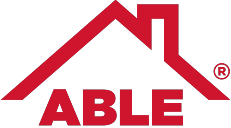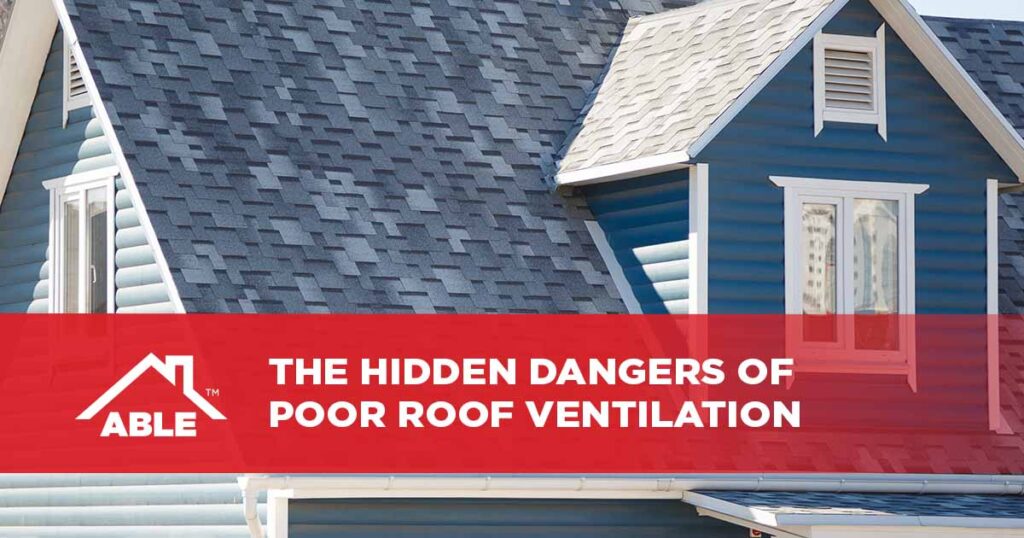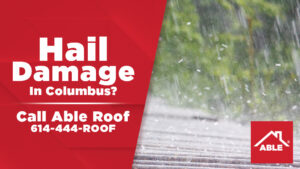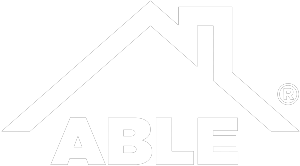Have you ever wondered about the hidden dangers lurking in your attic? Proper roof ventilation plays a crucial role in maintaining the health and longevity of your home. Yet, many homeowners overlook this essential aspect of their property’s well-being. Poor roof ventilation can lead to a host of issues, from energy inefficiency to structural damage, making it a concern that demands your attention.
In this article, we’ll explore the importance of roof ventilation and its impact on your home. You’ll learn about the common problems caused by inadequate airflow, how to spot signs of poor ventilation, and why addressing these issues promptly is vital. Whether you’re a new homeowner or looking to improve your existing property, understanding the hidden dangers of poor roof ventilation is key to protecting your investment and ensuring a comfortable living environment.
Understanding roof ventilation
What is roof ventilation?
Roof ventilation is a system that allows air to flow in and out of your attic. It works on the principle of convection, taking advantage of air pressure and temperature differences between the inside and outside of the attic. The system consists of intake vents, usually located along the soffit or eaves, and exhaust vents near or at the roof’s peak. This setup creates a continuous air circulation, ensuring a balanced attic temperature.
Importance of proper ventilation
Proper roof ventilation has a significant impact on your home’s longevity and performance. It helps regulate temperature, control moisture, and extend the life span of your roof. By reducing heat and moisture accumulation in the attic, you slow down the deterioration of roofing materials. This can save you money on repairs and potential early replacements. Additionally, a well-ventilated roof plays a crucial role in maintaining energy efficiency, minimizing heat transfer to living spaces and reducing energy consumption.
Components of a well-ventilated roof
A well-ventilated roof system includes several types of vents:
- Soffit vents: Installed along the eaves, allowing cool air to enter the attic
- Gable vents: Placed at the gable ends, providing an alternate pathway for fresh air
- Ridge vents: Located at the roof’s peak, allowing hot air to escape evenly
- Static vents: Utilize natural wind forces to draw out hot air
- Power vents: Incorporate motorized fans for additional ventilation in areas with low wind flow
Common issues caused by poor ventilation
Poor roof ventilation can lead to several problems that affect your home’s structure, energy efficiency, and your health. Here are some common issues you might face:
Moisture buildup and mold growth
Inadequate ventilation traps humidity in your attic, creating an ideal environment for mold and mildew. This can damage stored items and pose health risks. Excess moisture can also cause rust on metal components, weakening critical fasteners and plumbing straps.
Premature roof aging
Heat and moisture trapped in the attic can accelerate shingle deterioration. You might notice cracking, curling, or premature loss of granules. This can reduce your roof’s lifespan by up to 24%, according to some roofing contractors.
Energy inefficiency
Poor ventilation forces your air conditioner to work harder, increasing energy costs and potentially shortening the unit’s lifespan. In winter, it can lead to ice dam formation, causing water damage and further straining your heating system.
Structural damage
Excessive moisture can cause roof decking to warp, sag, or feel spongy. This not only compromises your roof’s integrity but can also be dangerous for anyone walking on it. Over time, trapped moisture can rot wood beams and trusses, affecting your home’s overall structural stability.
Signs of inadequate roof ventilation
High energy bills
You might notice a spike in your energy bills due to poor roof ventilation. When your attic traps hot air, your HVAC system has to work harder to cool your home. This overworking leads to increased energy consumption and higher costs. If you’re seeing unexpectedly high bills, it could be a sign that your roof ventilation needs attention.
Ice dams in winter
During winter, inadequate ventilation can cause ice dams to form on your roof. These occur when heat from your attic melts snow on the roof, which then refreezes at the colder eaves. Ice dams can block proper drainage, potentially causing leaks and damage to your roof structure.
Hot or cold spots in the home
Inconsistent indoor temperatures, especially overheating in upper rooms, can indicate poor roof ventilation. You might find that your air conditioning struggles to maintain a comfortable temperature throughout your home. These temperature fluctuations are often a result of heat buildup in the attic due to inadequate airflow.
Visible damage to roofing materials
Poor ventilation can lead to premature aging of your roofing materials. You might notice shingles curling, buckling, or losing granules. This damage is often caused by excessive heat and moisture trapped in the attic. If you observe these signs, it’s crucial to have your roof ventilation assessed by a professional.
Conclusion
Proper roof ventilation has a significant influence on your home’s health and longevity. By maintaining adequate airflow in your attic, you can prevent a host of issues, from energy inefficiency to structural damage. Recognizing the signs of poor ventilation, such as high energy bills, ice dams, and inconsistent indoor temperatures, is crucial to address problems before they escalate. Taking action to improve your roof’s ventilation can lead to substantial benefits, including extended roof life, improved energy efficiency, and a more comfortable living environment.
Ensuring your roof is well-ventilated is a smart move to protect your investment and maintain your home’s value. Regular inspections and timely maintenance can help you spot and fix ventilation issues before they cause serious damage. To get a professional assessment of your roof and to address any concerns, reach out to Able Roof for a free roofing estimate. By taking proactive steps to maintain proper roof ventilation, you’re not just avoiding potential problems – you’re also creating a healthier, more energy-efficient home for you and your family.








